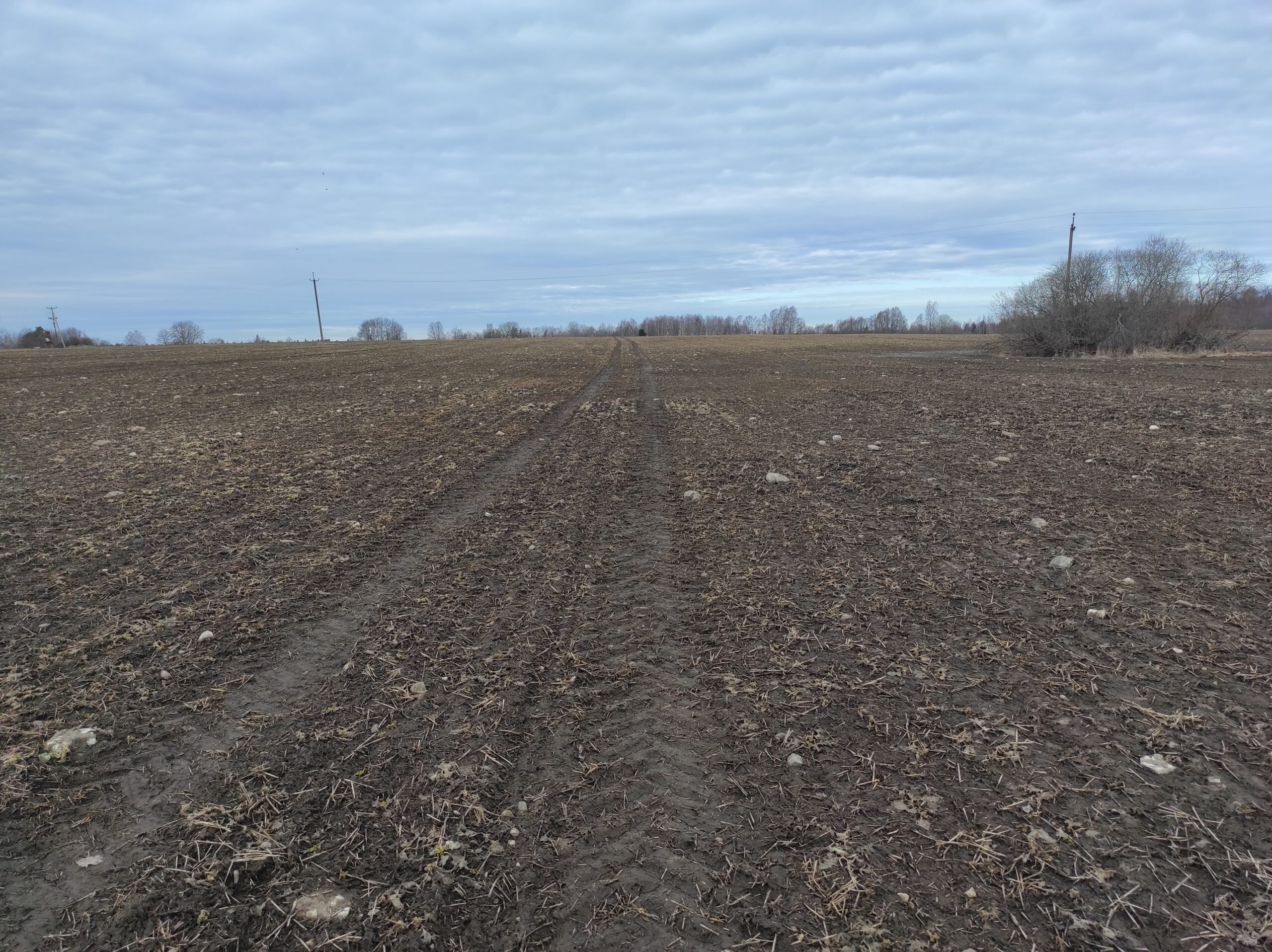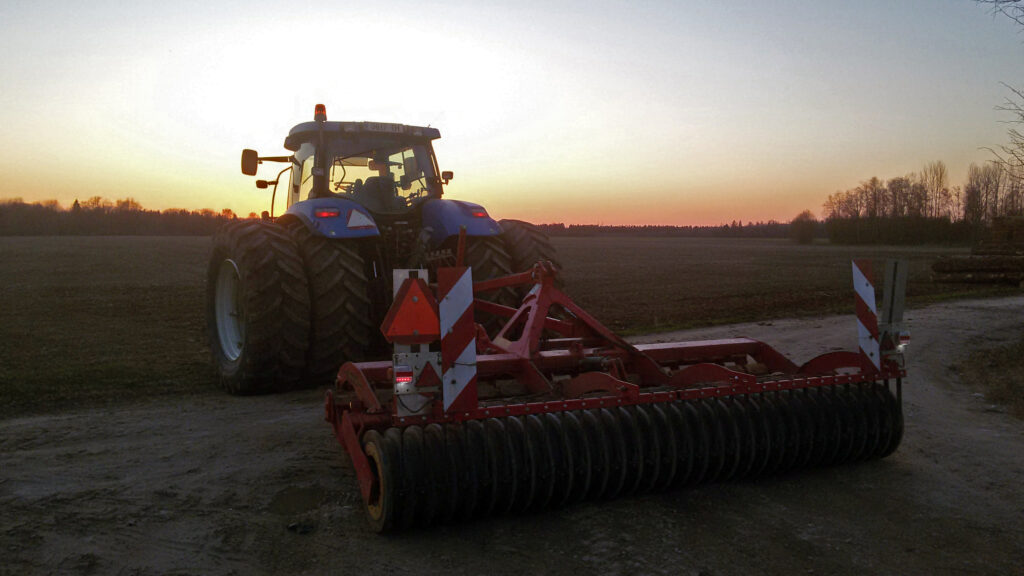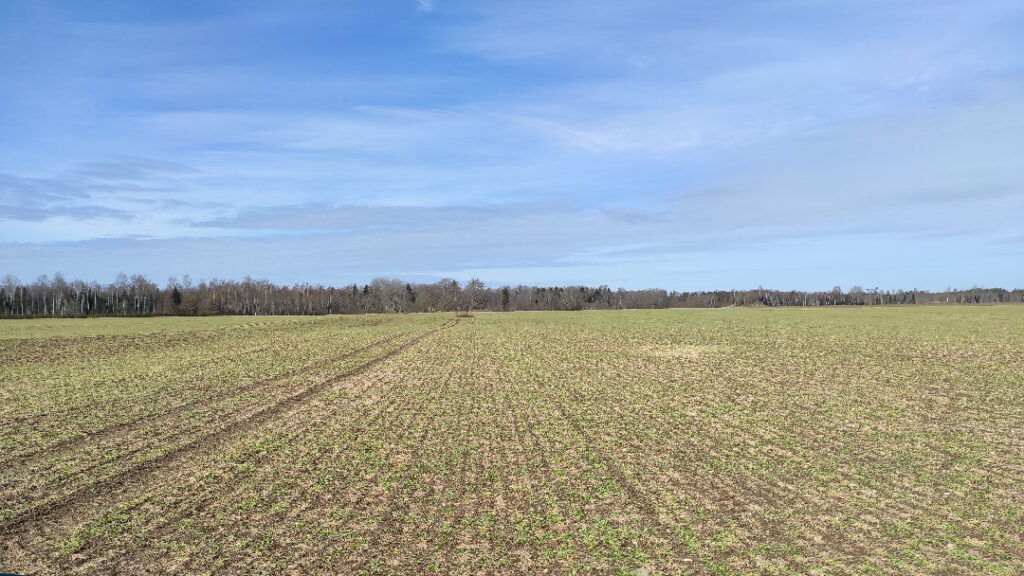The inspiration to write came from one follower and what I consider to be a catastrophic situation for winter crops in Western and Southern Estonia. My small information gathering has revealed that over 90% of winter rapeseed and over 80% of winter barley fields have been destroyed. Additionally, there have been signals of poor winter survival for winter wheat and even winter rye.
I have written about the importance of winter crops in previous posts: consequences of winter crops failure and winter crops and weather, but this time I focus on the numbers, explaining why the loss of winter crops is so painful for farmers.
What are the costs?
The task and goal are to grow winter rapeseed with a yield of 3 t/ha on medium-fertility soils using conventional technology. What are the costs per hectare?
- Seed €70/ha
- Fertilizer (120N/30P/70K/30S) €325/ha
- Pesticides and micronutrients €200/ha
- Fuel cost for field work (including harvesting) €60/ha
- Drying €50/ha
Total €705/ha
Let’s add fixed costs for a 250 ha farm, including both new leased machinery and old purchased machinery, with an annual leasing cost including interest is €55,000.
- Financing cost €220/ha
Repairs, maintenance, depreciation about €25,000 per year
- Machine costs €100/ha
There is one employee with agricultural sector average gross salary of €1500 per month. The employer’s labor cost is €25,000 per year.
- Labor cost €100/ha
Total costs for growing one hectare of winter rapeseed, aiming for a yield of 3 tons, is €1125/ha
Fixed costs vary greatly between farms, and I am not trying to achieve ultimate objectivity here, but I believe these costs are rather conservative. Depending on the company’s debt burden, soil cultivation technology, number of employees, etc., 10% or even 20% can be added to the previous number.
The necessary yield to break even with costs is 2.62 t/ha at today’s winter rapeseed price (€430/t). It seems that I have proven that it is very easy to make a profit if you grow winter rapeseed at 3 t/ha, right?
Let’s look at the yield of winter rapeseed over the years. According to Statistics Estonia, the average yield of winter rapeseed from 2012 to 2023 was 2.5 t/ha, so achieving a balance between costs and income is quite likely. Here I am not claiming that achieving a balance between costs and income is a solution considering the sustainability of agricultural enterprises (investment would certainly be necessary), but based on the idea of this post, it would be at least good if the costs were covered.
If winter oilseed rape is gone, is there a chance?
Now the worst happens, and winter rapeseed is completely destroyed, requiring reseeding. Usually, summer rapeseed is sown on the field where winter rapeseed has failed to maintain crop rotation. This requires purchasing seeds, cultivating the field, sowing, and since summer rapeseed mainly blooms in July when insect attacks are very high, additional spraying is necessary to reduce yield losses.
I will not make changes to fertilizer and fixed costs because they essentially remain the same even for summer rapeseed. Additionally, the following costs are incurred:
- Seed +€70/ha
- Fuel cost for field work +€15/ha
- Additional spraying +€25/ha
Adding these additional costs to the previous €1125, we get a result of €1235/ha, so the yield of summer rapeseed must be at least 2.87 t/ha to balance costs and income. According to Statistics Estonia, the average yield of summer rapeseed in Estonia from 2012 to 2023 was 1.7 tons. In comparison between summer and winter crops, in nine cases out of ten, the latter are always more productive.
If it is a more or less normal year and the average yield of summer rapeseed for the company is 2 t/ha, then the farmer loses €375 per hectare, even with subsidies (€200/ha) the loss is €175/ha.
Conclusion
In today’s situation, I dare say that with the destruction of winter rapeseed, it is EXTREMELY difficult for the company to even break even with costs, let alone make a profit. Considering that in 2023 many agricultural enterprises ended up in the red, and debts were also accrued for last year’s supplies, one can only pray that after such a winter, this was the last bad surprise and the future will bring very favorable conditions for plant growth!



